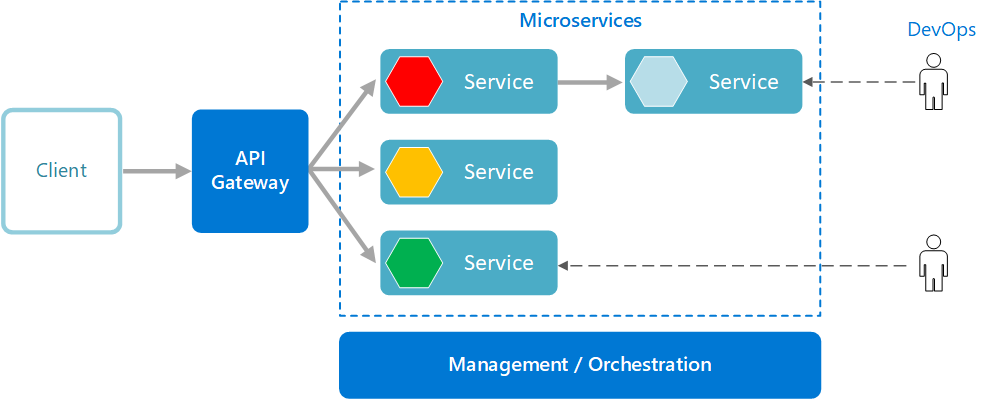In the modern software development landscape, microservices architecture plays a pivotal role by enabling organizations to build complex applications as a suite of small, independent services. This architecture breaks down large software projects into smaller, manageable pieces that can be developed, deployed, and maintained independently. The role of microservices architecture is crucial in allowing businesses to enhance agility, improve fault isolation, and accelerate time to market, fundamentally changing how applications are built and operated.
Let us delve into a few defining characters that help understand everything you want to know about microservices architecture.
Small and self-contained services
One of the defining characteristics of microservices architecture is that each service is small and self-contained. This means that each service is focused on performing a specific task and operates independently of the others. This modularity allows for easier understanding, development, and debugging of services. Smaller code bases lead to fewer complexities and better performance, which is ideal for targeting specific business capabilities without the overhead of handling a monolithic code structure.
Highly testable and maintainable
Microservices are designed to be highly testable and maintainable. With services being small and focused, developers can more easily write tests for each service, ensuring functionality and robustness. Maintenance is simplified as each microservice can be updated or replaced independently without impacting other parts of the application. This modular nature also enables teams to keep their systems up-to-date with the latest technology trends without extensive rewrites or downtime.
Independently deployable
Each microservice in a microservices architecture can be deployed independently of others. This independence is crucial for enabling continuous integration and continuous delivery practices, allowing teams to roll out updates to individual services without redeploying the entire application. It facilitates quicker updates and iterations, reducing the risk associated with deployment and enabling faster response to market changes or customer needs.
Paired with other services
Although each microservice is designed to operate independently, they are typically paired with other services to form a complete application. Microservices communicate with each other through well-defined APIs, which helps maintain a clean separation of concerns and reduces integration complexities. This characteristic enables the services to be loosely coupled yet function cohesively to perform complex application tasks effectively.
Developed by lean, productive developer teams
Microservices architecture supports the development of services by small, focused teams. These teams are lean and productive, often organized around business capabilities. They operate with a great degree of autonomy, which empowers them to make decisions quickly and independently. This setup enhances team productivity and motivation, as each team has ownership and clear responsibility for their respective services, fostering a sense of accountability and innovation.
To sum up
Microservices architecture offers significant advantages over traditional monolithic structures by focusing on small, self-contained services that are easy to test, maintain, and deploy. This architectural style not only simplifies development and operational challenges but also aligns with modern business needs for agility and speed. By adopting microservices, organizations can build more resilient, flexible, and scalable applications, ensuring they remain competitive in a rapidly evolving digital environment.

